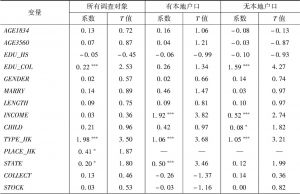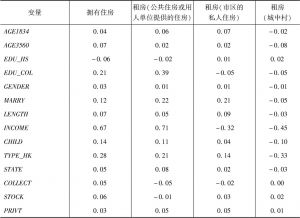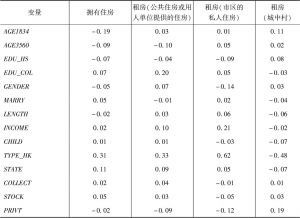章节
不要把好的、坏的一股脑儿都扔掉:中国城中村在安置农村流动人口方面的作用
摘要
在中国经济快速增长与城市化进程加速推进的时代,为城市地区的农村流动人口提供充足和可负担的住房,是保障中国多方面改革取得成功的关键。然而,自改革开放以来,城市住房供给体系忽视了农村流动人口的需求。作为中国城市化和土地改革的独特产物,城中村为农村流动人口提供了负担得起的住房。然而,由于相关的社会和环境问题,这些城中村被政策制定者摒弃。本文利用关于住房类型选择的一个多元Logit模型,分析人们从若干住房类型当中如何进行选择。回归结果表明,城市住房市场对于农村流动人口存在壁垒。如果没有将农村流动人口纳入城市住房市场体系的配套方案,仅拆除城中村的举措可能是误导性的。
关键词
参考文献 查看全部 ↓
检索正文关键字
章节目录
- 引言
-
一 中国城中村
- (一)城中村是中国城市化的产物
- (二)城中村是中国土地政策的产物
- (三)城市管理体系与城中村之间的矛盾
- 二 理论框架
-
三 实证分析
- (一)数据与调查
- (二)实证模型
- (三)实证结果
- 四 启示和结论
相关文献
查看更多>>>













